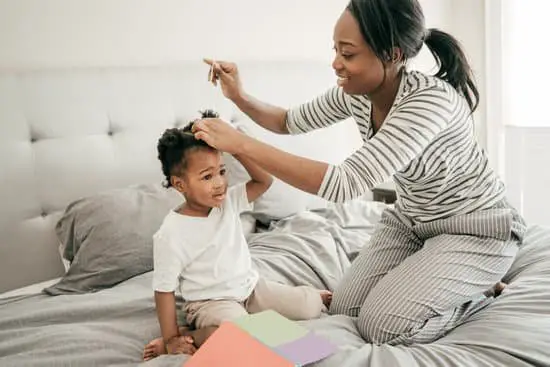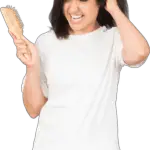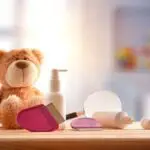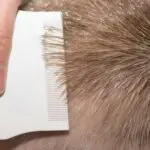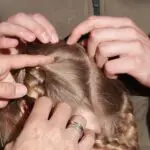How Big Do Head Lice Get?
When your child has head lice, the first thing you should do is to treat them right away. Lice can spread easily from person to person, even within a house, and this is why it is important to treat your child as soon as you see the nits. Also, keep your child away from head-to-head contact with other children, especially when they are at school. You should also check your child after they have been in close contact with a child who has head lice.
Lice are tiny crawling insects that live on human scalps. They look like tiny nits and hatch into adult lice in nine to 12 days. An adult louse lives up to 30 days on human heads and can easily be spread from head to head contact. They feed by crawling, and they can be transferred from an infested playmate to another person by putting their heads together.
Lice are tiny parasites that feed off human blood. Adult lice are the size of a sesame seed and nits are just a dandruff flake. Head lice can’t survive for more than a day without feeding, so you should try to get rid of them as soon as possible. During their adult stage, they lay eggs in your hair and start to reproduce.
Lice eggs can be hard to spot with the naked eye, but they are easily spotted around the ears and the hairline on the back of the neck. You can also look for empty nits, which are a lighter color and farther from the scalp. Despite their appearance, however, it is important to understand that nits don’t necessarily mean you have live lice. Lice eggs can cause small, red bumps in the hair and may even become infected with bacteria.
